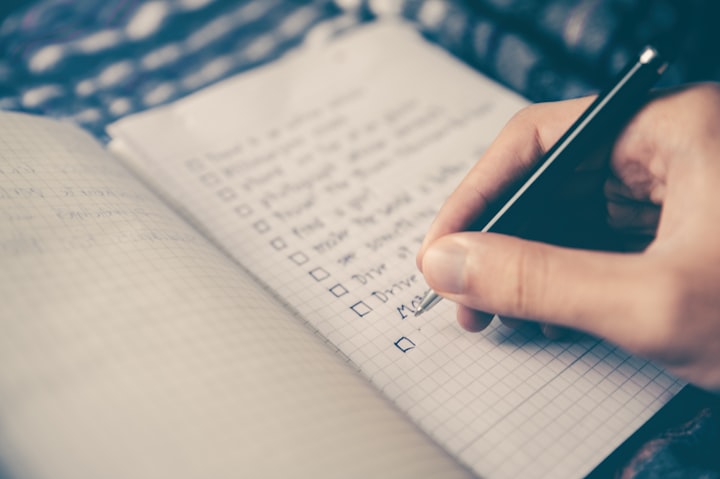Accessing Students in a Classroom
Classroom Assessment

Classroom assessment plays an important role in getting information about students learning. Students' assessment is mainly influenced by two factors firstly teacher beliefs and values and secondly by some external factors. Teacher beliefs and values include; the philosophy of teaching and learning, pulling for students’ success, accommodating individual differences, enhancing student engagement and motivation and promoting student understanding. On the other hand, external factors comprise; large-scale/mandated/high-stakes tests, school grading policies, and parent and teacher evaluation. The summative assessment practices and grading practices can be improved by matching assessments to learning objectives, Using many different types of assessments and taking into account the importance of constructed-response assessments and homework.
There are three different kinds of assessment, which include assessment for learning (Formative Assessment), assessment of learning (Summative Assessment) and assessment as learning (Self Assessment). In this article, I concentrate on assessment for learning which takes place during classroom teaching and learning process. Here, I would like to describe a few strategies to conduct a formative assessment during the classroom teaching-learning process.
No-Hands Questioning
In no-hands questioning students do not put their hands up to respond to a teacher’s question rather teacher asks random questions. This technique Increases students’ engagement to think about their ideas since everyone in the classroom has an equal chance of being called upon to respond.
Hot-seat Questioning
All students are expected to be ready to respond to questions at any time. The teacher asks a student a question and then a series of follow-up questions to probe the student’s ideas in depth. During the question-response phase, the teacher can assess students’ conceptual understanding of an idea or procedure and where they may be having difficulty.
Two Stars and a Wish
This technique is helpful during peer assessment in classroom settings. For peer assessment, ask students to give two stars and a wish. Two stars are equal to things that are good about the piece of work. A wish is equal to something they can improve to make it even better.
Bouncing
In this technique, Bounce answers around the classroom to build on understanding and have students develop stronger reasoning from any misconceptions. For example, “Peter, what do you think about Karisteena’s answer? Similarly, we can ask “Kirak, how could you develop Mehreen’s answer to include more detail?”
KWL
KWL is a very famous technique to be used at the beginning of a class. At the beginning of a
topic, pupils create a grid with three columns: What they already know; and what they want to
know. Similarly, at the end of the learning session, we may ask, what they have Learned. In a nutshell, students should begin by brainstorming and filling in the third later after the completion of the session.
Muddiest Point
In Muddiest Point, students write down one or two points on which they are least clear.
This could be from the previous lesson, the rest of the unit, the preceding activity, etc. The teacher and class can then seek to remedy the muddiness.
Point of Most Significance
Students are asked to identify the most significant learning of a particular lesson. Through this metacognitive strategy, students reflect on the lesson and identify the key points that contributed to their learning.
Point of Most Significance
In this technique, students are asked to identify the most significant learning of a particular lesson. Through this metacognitive strategy, students reflect on the lesson and identify the key points that have contributed to their learning.
3-2-1
In this technique, students are asked to write three things they learned, two things they are still struggling with and one thing that will help them tomorrow. It provides a structured way for students to reflect on their learning. Students write down what they learned from the lesson. Provides students an opportunity to share their success in learning new things as well as identify what was challenging for them.
Hoping these strategies of formative assessment will help to gather correct information about students learning during the teaching-learning process.
About the Creator
Miss Shamim Akhtar
I am a humble teacher, language specialist, and mentor dedicated to fostering growth through knowledge sharing. Let's explore the world of knowledge together in pursuit of excellence and professional development. #EducateInspireGrow






Comments (1)
Absolutely fascinating insights into classroom assessment strategies! It's amazing to see the variety of techniques available for formative assessment, allowing for a deeper understanding of students' progress and learning.